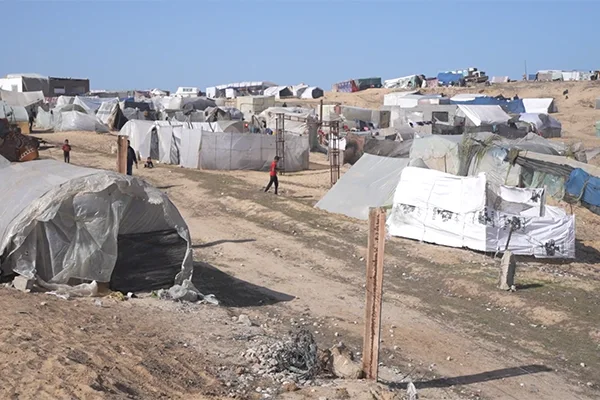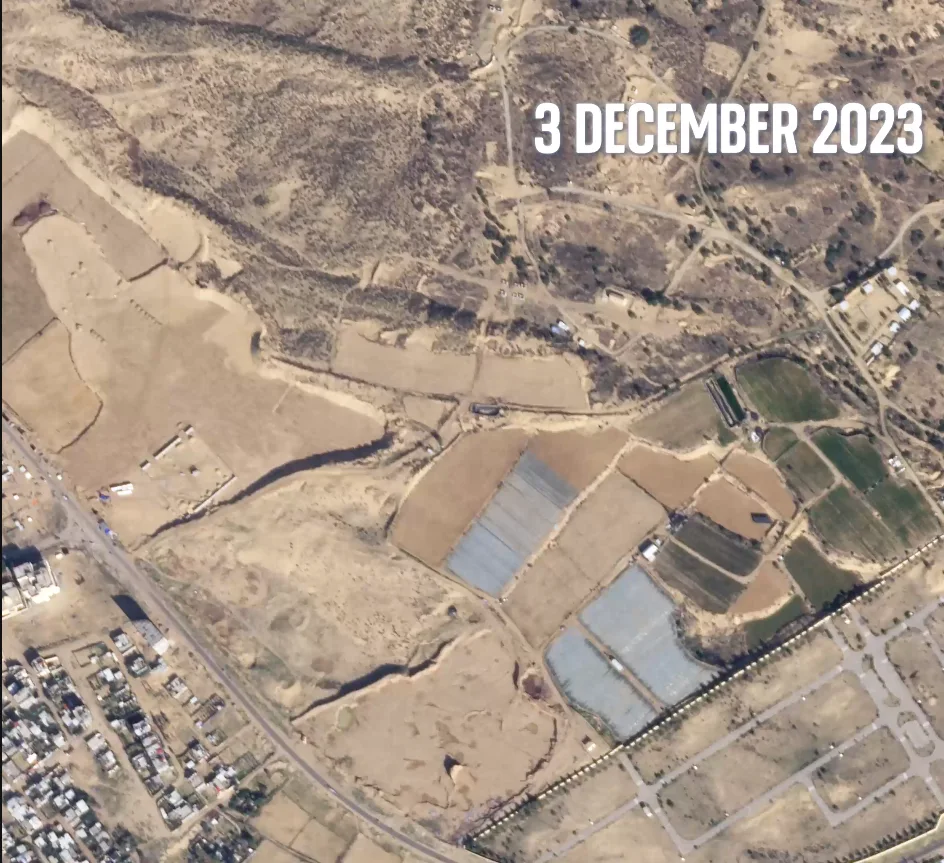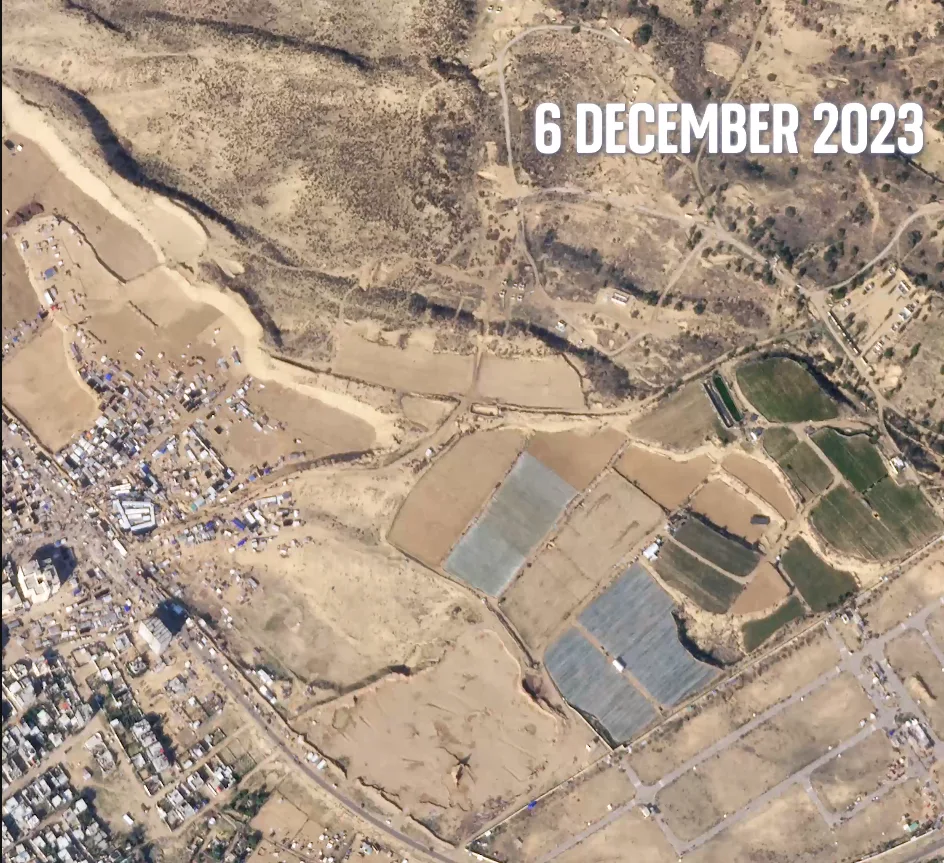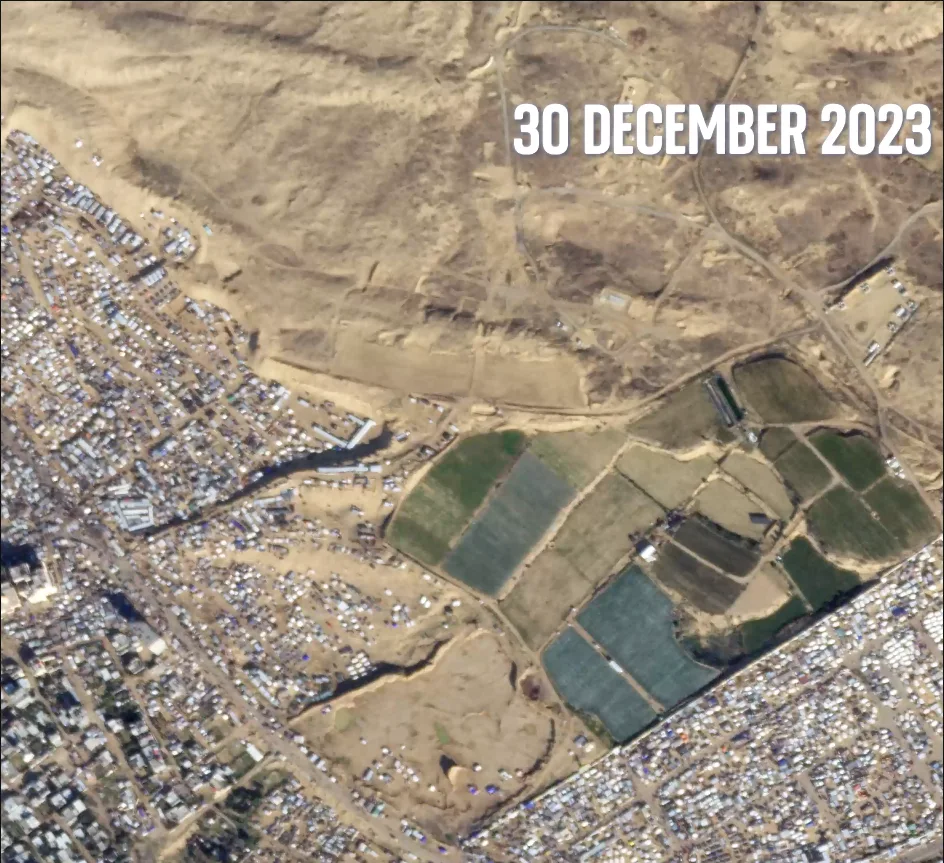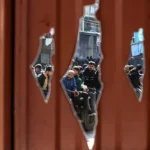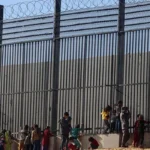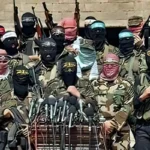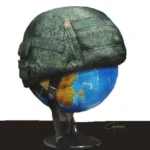The 100-day conflict between Israel and Hamas has left much of Gaza in ruins, with devastating consequences for the Palestinian population. The scale of destruction and displacement is unlike anything witnessed before in Gaza. Over 1.9 million people have been forced to flee their homes, seeking refuge in overcrowded camps.
The Refugee Camps
Rafah governorate has become the main refuge for the displaced population, with over one million people crammed into a growing refugee camp just north of Rafah City. Satellite images reveal the rapid expansion of the camp, with an increasing number of makeshift shelters appearing on the outskirts of the city. These spaces, however, are not equipped to accommodate the large number of people forced to live there. Nadia Hardman, a researcher at Human Rights Watch, describes the situation as “everywhere is just so overcrowded.”
Khalid Abo Middain used his hands, a hammer and a small shovel to build his own shelter on the outskirts of a fast-growing refugee camp near Rafah City in southern Gaza.
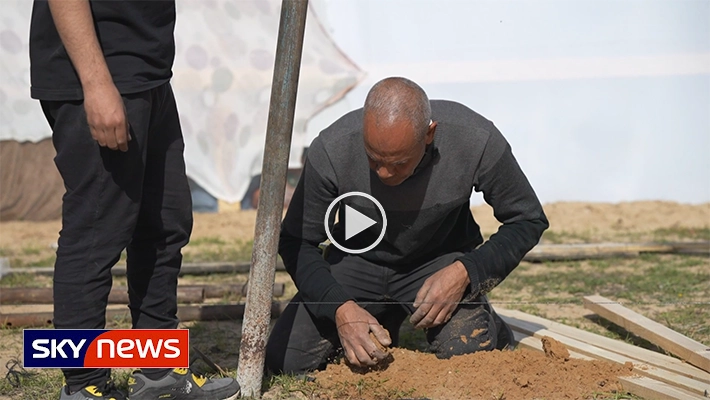
The father-of-three arrived there with his family after fleeing four times from Israel’s war against Hamas over the course of three months.
They originally left Bureij refugee camp in central Gaza after the war broke out and are unsure of what remains of their family home.
“I do not know how it is, because there is no means of communication at the moment,” he said, looking out at rows of makeshift tents.
“What is important is to find yourself in a place where you stay temporarily till this dark cloud is cleared.”
The Future for Gazans
The living conditions in the camps are dire. Limited to no services, unreliable electricity, and lack of running water make it extremely challenging to provide adequate humanitarian aid. Families are left to make do with whatever resources are available, setting up tented spaces wherever they can. The camp lacks a sewage system and basic infrastructure, exacerbating the already difficult living conditions.
Rebuilding Gaza will be a monumental task. The damage inflicted on homes and infrastructure will take years, if not decades, to repair. The refugee camps that have emerged during the war are likely to persist for an extended period. Irit Katz, an associate professor of architecture and urban studies, warns that the camps could exist for years after the war ends. The lack of centralized organization within the camps and limited resources further complicate the rebuilding process.
The conflict has left Gazans trapped in a closed-off territory with limited options for escape. Historical precedents suggest that Palestinians who become refugees face significant challenges in returning to their homes. The international community must outline a plan for the post-war period, addressing the long-term needs of the displaced population and providing the necessary resources for rebuilding and finding political control in Gaza.
Humanitarian Assistance
Aid organizations are under increasing pressure to provide humanitarian assistance to the growing number of people flooding the refugee camps. However, the limited resources and the difficult conditions in the camps make it challenging to deliver aid effectively. Medical assistance is in high demand, but the restricted perimeter and dwindling options pose significant challenges for providing critical care.
Last month, the Palestinian Red Crescent reported that more than 1,000 truckloads of humanitarian aid had entered the Strip during the ceasefire. However, the distribution of this aid is not controlled. What Hamas does not manage to loot is distributed haphazardly, causing chaos and clashes among the local population.
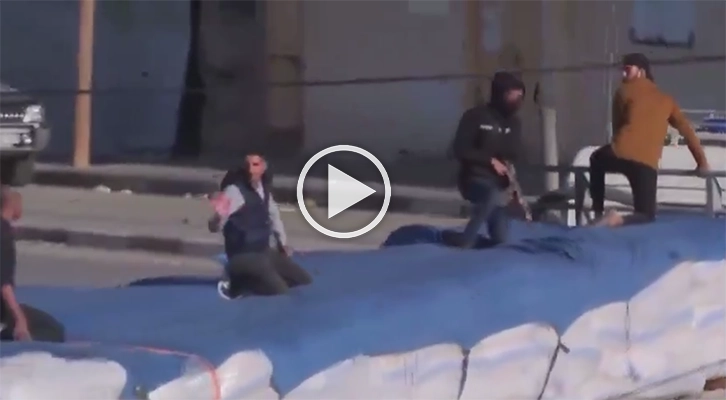
The aftermath of the 100-day conflict in Gaza has left the region in ruins. The displacement of over 1.9 million people and the destruction of homes and infrastructure present immense challenges. The refugee camps, overcrowded and lacking basic services, are a testament to the dire conditions faced by the displaced population. Rebuilding Gaza will require substantial resources and long-term planning. The international community must come together to provide the necessary assistance and support to alleviate the suffering of the Gazan people and help them rebuild their lives.

